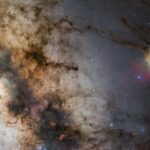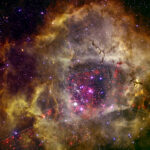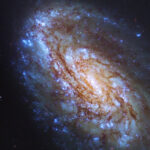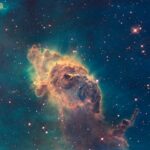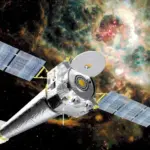Hubble’s capabilities have grown immensely in its over 30 years of operation. This is because new, cutting-edge scientific instruments have been added to the telescope over the course of five astronaut servicing missions. By replacing and upgrading ageing parts, these servicing missions have greatly extended the telescope’s lifetime.
Telescopes have a particular range of light that they can detect. Hubble’s domain extends from the ultraviolet through the visible (which our eyes see) and into the near-infrared. This range has allowed Hubble to deliver stunning images of stars, galaxies, and other astronomical objects that have inspired people around the world.
Hubble has made more than 1.6 million observations over the course of its lifetime. Over 21,000 peer-reviewed science papers have been published on its discoveries, and every current astronomy textbook includes contributions from the observatory. The telescope has tracked interstellar objects as they soared through our solar system, watched a comet collide with Jupiter, and discovered moons around Pluto. It has found dusty disks and stellar nurseries throughout the Milky Way that may one day become fully fledged planetary systems, and studied the atmospheres of planets that orbit other stars. Hubble has peered back into our universe’s distant past, to locations more than 13.4 billion light-years from Earth, capturing galaxies merging, probing the supermassive black holes that lurk in their depths, and helping us better understand the history of the expanding universe.
In its over 30 years of operation, Hubble has made observations that have captured humanity’s imaginations and deepened our knowledge of the cosmos. It will continue to do so for years to come.
Space Streams Documentaries – The Story of the Hubble Space Telescope Video
As premiered on Our YouTube Channel on 25th November 2024

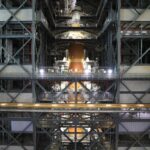



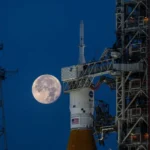




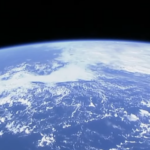
![Space Streams - Nebula [Ambient] image](https://space-streams.com/wp-content/uploads/2024/11/space-streams-nebula-150x150.png)





